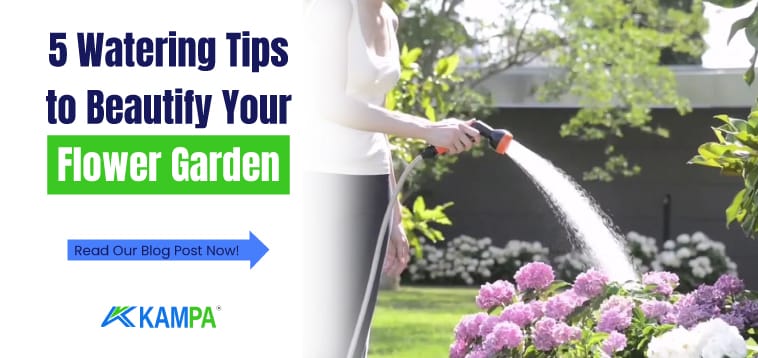5 Watering Tips to Beautify Your Flower Garden
Flower garden hobbyists here. We all know that plants need sunlight, soil and water to grow, but we often overlook the importance of watering.
All plants should be watered properly from seed cultivation until they bud and set seed.
Table of Contents
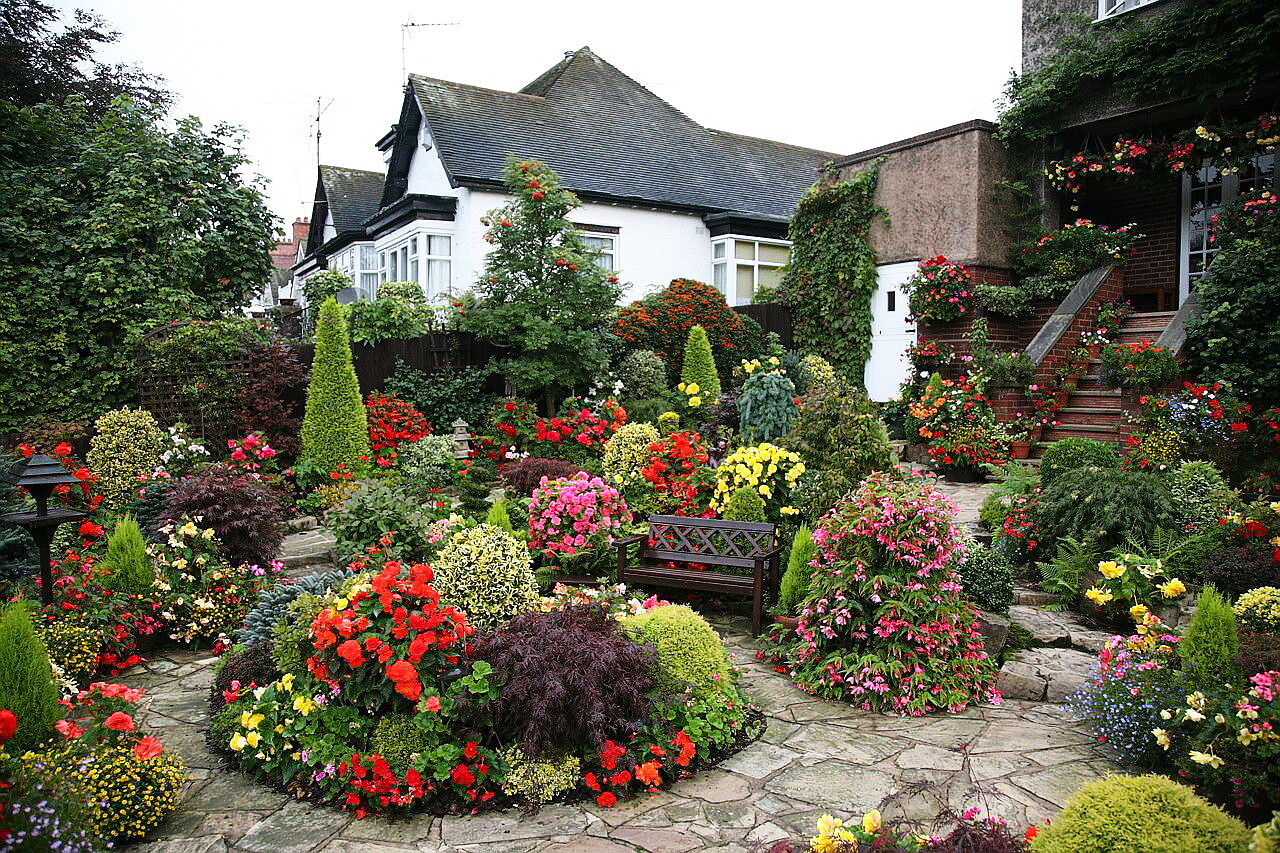
For plants such as dahlias, where water is at the forefront until they bloom, garden flowers make the garden eye-catching when designing the garden. At the same time, the largest garden in the world is located in the country of France.
Overwatering can rot some plants, underwatering can dry them out. The water needs of each plant can be different. Therefore, you need to learn the appropriate watering methods for a beautiful flower garden.
How should seed-to-seed plants be watered?
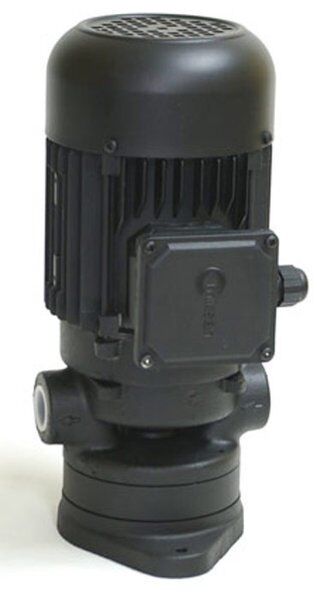
Sprouting Seeds
After the seed is planted in the soil in the appropriate season, it goes through a short adaptation process, after which it germinates and takes root. In this process, it is vital that the seed is well adapted to the soil in order for the seed to develop and grow. Watering should be done in such a way that the soil is moist, neither too much nor too little.
Transplanting Seedlings to Another Soil
Usually the seedlings are separated and transplanted to other soils. For adaptation to the new soil and healthy growth, the soil should be prepared by slightly moistening before planting. Make sure that the soil remains moist for the first week after planting. After a week, you can water every two days for root development.
Water the Roots
It is a misconception to water the leaves of flowers. The important thing is to water the roots of the plants. For root watering, you can water from about 2.5 cm above.
Your soil will give you clues about watering. Drip irrigation is the healthiest form of irrigation for flower garden irrigation .
What are the Tools for Watering a Flower Garden?
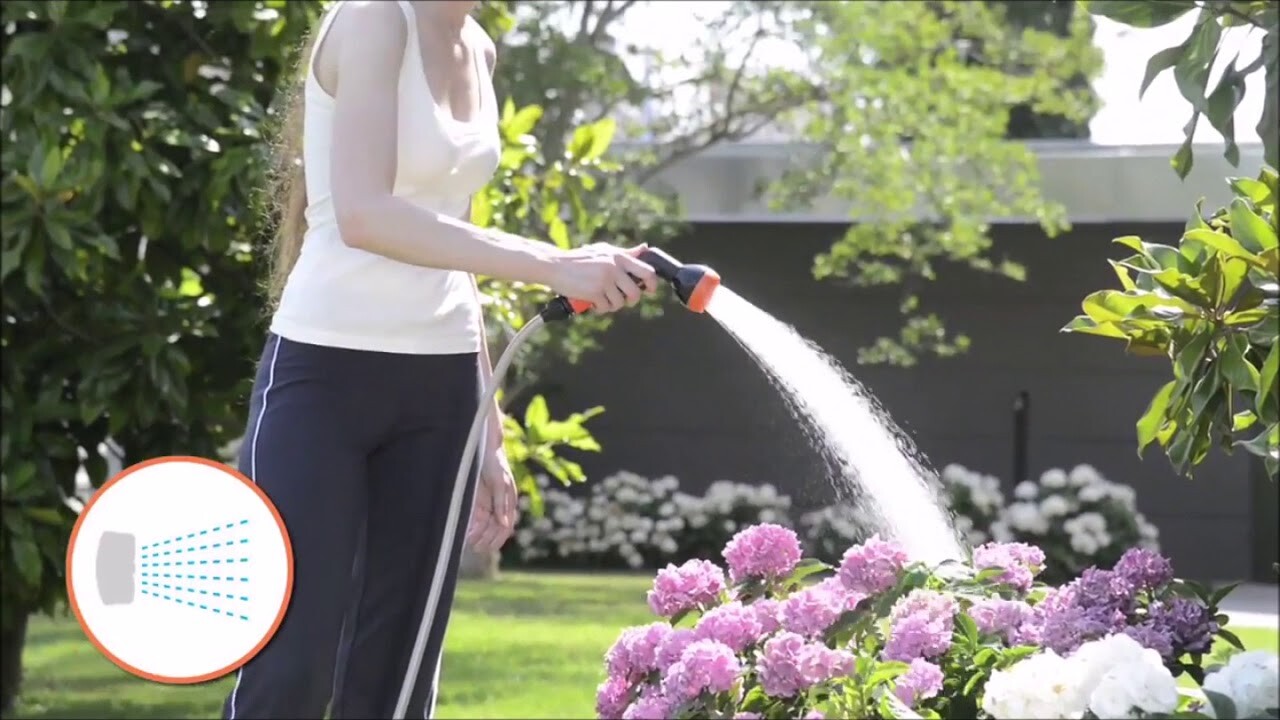
- Irrigation Hose: We can call it the first material for water transfer from the tap to the garden.
- Fountain: Attaches to the end of a hose and sprinkles with a constant stream of water. The fountains gently deliver moisture to the flowers. Ideal for new flowers and not lush flower communities.
- Programmable Timer: These are the devices that you can make automatic irrigation by determining the times you will irrigate. Thanks to these devices, your workload is eliminated.
- Turbumbas: Especially in the last few years, it is used to extract water from small wells drilled in hobby gardens. You can distribute the water you extract with muscle power with buckets. Or you can fill a tank and use it for drip irrigation.
- Irrigation Pumps: If there are wetlands such as lakes and streams near your garden where you can supply water, you can carry that water to your garden with irrigation pumps. These pumps can suction to a depth of max. 6 meters. After 6 meters depth, you can use a jet pump or submersible pump.
- Garden Boosters: These are hydrophores used to pressurize the water when the water supply from the network is insufficient. Thanks to these boosters, you can distribute water evenly throughout your garden without experiencing problems such as intermittent flow or no flow at all.
How Often Should You Water Flowers?
Watering a flower garden can be a problem for many gardeners. Because, as we said at the beginning, overwatering can rot plants or underwatering can dry them out.
When there is not enough water in the soil, plants cannot absorb nutrients from the soil and maintain the proper pressure within plant tissues, called turgor. Too much water releases too much oxygen to the roots and prevents healthy growth.
Adjust Soil Moisture
Clay soils trap water. Clay soils stay moist longer after irrigation or rain. It is sufficient to water this soil type 2 or 3 times a week. Watering should be stopped when the water starts to accumulate on top of the soil.
In sandy soils, the opposite is the case. Water percolates deep into the soil. It should be watered every day if possible, on very hot days both in the morning and in the evening.
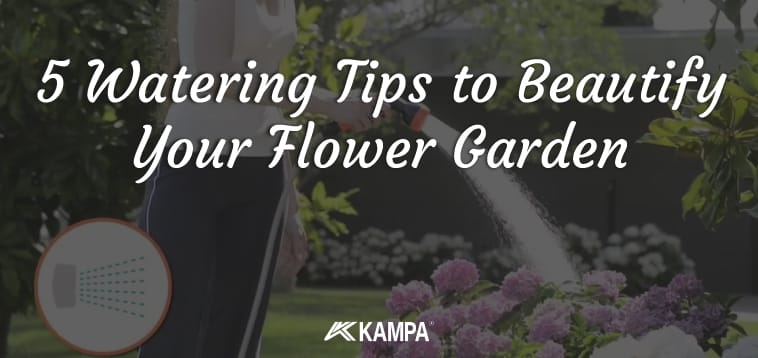
Flower Garden Watering Hours
Water your soil late in the evening or early in the morning. When you water cool soil in the evening or at night, less water evaporates than it would in hot soil during the day. And the plants can supply themselves with enough water before the heat starts the next day.
Keep Leaves Dry to Prevent Diseases
Wet leaves can produce disease. Leaves wet in the sun tend to burn slightly. Leaves that get wet at night can cause mold growth.
Water the Roots
Healthy watering requires watering the roots. Take care to water the roots and near the roots rather than watering the soil where the roots cannot reach.
Water Well for Balanced Growth
This is a detail that is often overlooked. Flowers are always watered in the same direction. Flowers that are always watered in the same direction grow on one side and less on the other. Water the flower roots evenly in a circular motion.
Use Water Saving Methods
Unnecessary water consumption in the world is ringing danger bells for the future. We should adopt saving in water consumption as a life principle and act with the same sensitivity in every field.
When watering the flower garden, try to water as little as necessary. Moisture sensors and drip irrigation systems will help you with this.


